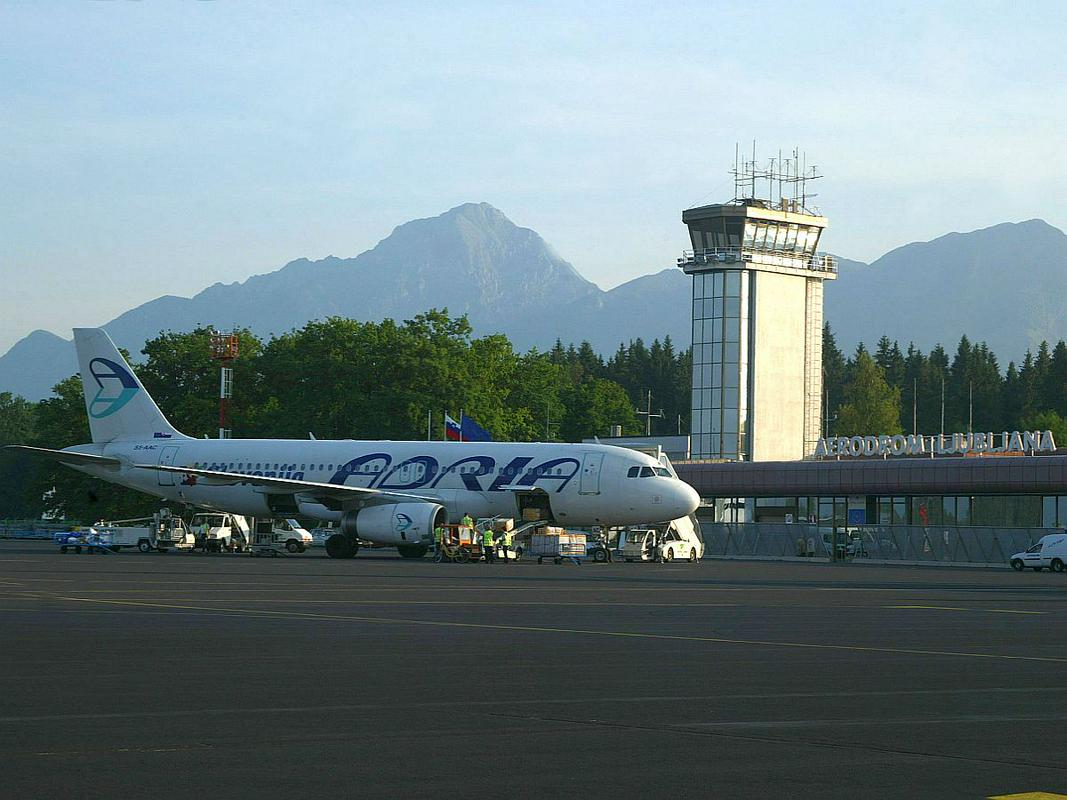
The government passed the agreement on preparing the state spatial plan for the Ljubljana Jože Pučnik Airport in early June, since it has become apparent that the development and expansion of the airport are no longer viable and sustainable long-term within the framework of existing spatial planning. The valid plan only allows for development in phases, and not integrally. A number of companies from the air transport and airplane maintenance industries are unable to expand or modernise their facilities and operational capacities.
Aerodrom’s CEO Zmago Skobir explains that the company designed a so-called master plan as early as 2010. This main plan stems from optimal offer and limits of the airport’s development in the next 40 years. Aerodrom, which is owned by Fraport from Germany, estimates that passenger traffic would increase by 3.35 percent per year, which means the airport would service 4.1 million passengers by 2040.
The Ljubljana airport welcomed 476,984 passengers in the first five months of 2015, i.e. a 7.6% increase year-on-year. The growth was particularly fast in May with 128,411 passengers (19.6% growth from May 2014). Growth is expected to continue during the summer months.
The biggest obstacle for the development of the Ljubljana airport is the regional road between Kranj and Mengeš. Plans for its relocation are ready to be executed, but some financial issues still exist.
When Fraport took over the management of Slovenia’s central airport, it announced its plans to develop technical as well as passenger traffic. Their current priorities are preparing a middle-term strategy and eliminating bottleneck situations by improving traffic flow.


































































